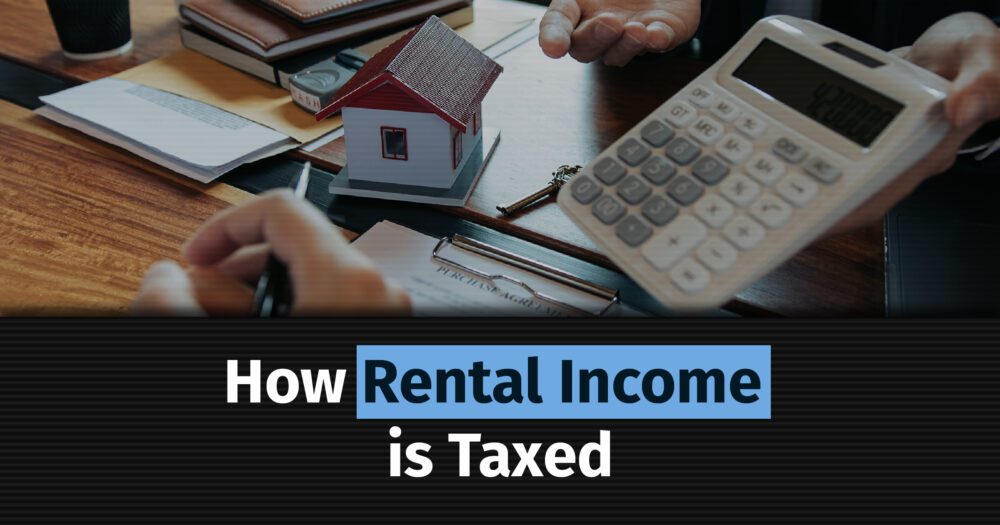Owning a house is a significant achievement that comes with various tax benefits under the Income Tax Act. Whether you reside in your home, rent it out, or own multiple properties, the taxation of income from house property can differ. This includes your home, an office, a shop or a building. Understanding these rules allows you to make better financial decisions and save on taxes.
In this guide, we’ll break down how income from house property is taxed, outline the deductions you can claim, and provide essential tips for filing your tax return accurately.
Types of Properties and Their Tax ImplicationsSelf-
Occupied Property (SOP)
This essentially refers to properties owned and used by you, which primarily do not generate any income. To prevent misuse, the Income Tax authorities have set a limit of two houses that can be defined as your self-occupied property.
Definition: A self-occupied property is a house that you or your family uses for residential purposes. If you own multiple properties, you can treat only 2 houses as self-occupied; the others will be treated as let out.
Tax Treatment: No tax is levied on a self-occupied house since there is no rental income.
Deductions: You can claim a deduction for interest paid on a home loan up to ₹2 lakh per annum. If the loan is for construction or purchase, the construction must be completed within 5 years from the end of the financial year in which the loan was taken. If not, the deduction is limited to ₹30,000 per financial year.
For e.g. If the loan was taken on 30th April 2019, the construction of the property should be completed by 31st March 2025 if you want to claim the deduction up to ₹2 lakh.
Let-Out Property (LOP)
Definition: A let-out property is any property that you rent out either for the whole or part of the year to earn rental income.
Tax Treatment: The rental income is taxed based on the taxation formula as mentioned below:
Gross Annual Value (GAV): The higher of actual rent received or fair market rent.
Less: Municipal Taxes Paid: You can deduct the municipal taxes paid during the year, such as property taxes.
Net Annual Value (NAV): GAV – Municipal taxes paid.
Less: Standard Deduction: Flat 30% deduction is allowed on the NAV to cover repair and maintenance expenses (even if no actual expenses were incurred).
Less: Interest on Home Loan: You can claim a deduction of the full interest amount paid on the home loan, with no upper limit.
The net amount after these deductions is taxed as Income from House Property at your applicable slab rate.
Deemed Let-Out Property (DLOP)
- Definition: A house property in excess of 2 self-occupied properties, as mentioned above, is also deemed as a let-out property (treated as a let-out even if vacant).
- Tax Treatment: Even if no rent is received, a deemed rent (notional rent) is calculated based on the fair rental value of the property and treated as rental income. The steps to calculate the income are the same as for a let-out property as mentioned above.
The deemed rental income, after allowable deductions, is added to your taxable income and taxed at your applicable slab rate.
Deduction on Principal Repayment: You can claim a deduction of up to ₹1.5 lakh under Section 80C for the repayment of the principal amount of a home loan, regardless of whether the house property is self-occupied, let-out, or deemed let-out.
Let’s break down the process of computation of rental income with an example:
Example: Priya owns a house in Mumbai, which she rents out for ₹20,000 per month. Fair market rent is ₹30,000 per month. She also has a home loan with an annual interest payment of ₹2.5 lakh.
Here’s how to calculate her Income from House Property:
Gross Annual Value (GAV): Higher of Actual Rent or Fair Market Rent: ₹3,60,000
[₹20,000 x 12 = ₹2,40,000 or ₹30,000 x 12 = ₹3,60,000]
Less: Municipal Taxes Paid:
If Priya paid ₹20,000 as municipal taxes, GAV = ₹3,60,000 – ₹20,000 = ₹3,40,000
Less: Standard Deduction (30%):
Standard Deduction = 30% of ₹3,40,000 = ₹1,02,000
Less: Interest on Home Loan:
Interest Paid = ₹2,50,000 (Claimed entirely under Let-Out Property)
Net Income from House Property:
Net Income = ₹3,40,000 – ₹1,02,000 – ₹2,50,000 = ₹(12,000) (loss)
This loss can be set off against income under any head (salary, business income, etc.) up to ₹2 lakh in that financial year, and any excess loss can be carried forward for the next 8 years but can be set-off against income from house property only.
Points to Remember for Filing ITR Correctly
- Declare the Correct Property Type: Ensure you correctly classify your property as Self-Occupied, Let-Out, or Deemed Let-Out.
- Claim the Right Deductions: Make sure to claim the deductions for interest on home loans (under house property) and principal repayment (under Section 80C). Ensure that the property is not sold within 5 years of purchase to avoid losing this benefit of principal repayment.
- Accurately Report Municipal Taxes: Deduct only the taxes actually paid during the financial year. Taxes due but not paid cannot be deducted.
- Joint Property Ownership: If the property is owned jointly (e.g., by you and your spouse), the rental income or deductions can be split in proportion to ownership. Each co-owner can claim deductions separately in their ITR.
- Filing Under the Correct ITR Form: Choose the correct ITR form. If you have income from one house property and no other business income, use ITR-1 (Sahaj). For multiple house properties or other complex sources of income, use ITR-2 or ITR-3.
Conclusion
Understanding how Income from House Property is taxed can help you optimise your tax planning. By following these rules and ensuring accurate reporting in your ITR, you can maximise the benefits of your property investments while staying compliant with the law.
A qualified financial advisor can help you in understanding and reporting the Income from house property correctly. To optimise your taxes, download the 1 Finance app and book a consultation with a qualified financial advisor for a seamless, hassle-free tax planning experience.







